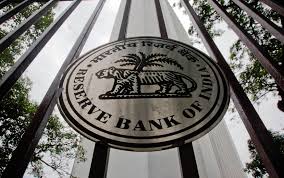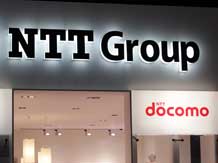
The rupee-denominated bonds, popularly known as masala bonds, are likely to add to the nation’s external liabilities even if they don’t hold any risks to currency movement, a top Sebi official said on Wednesday.
“When money flows into the country from foreign investments, we are attracting some risks and it is not currency risk alone. Masala bonds don’t hold any currency risks but at the same time, the external liability of the country goes up. This needs to be kept in mind,” Sebi whole- time member G Mahalingam said here.
“And a huge amount of foreign inflows at a time when the currency has been substantially appreciating is something the regulators must be concerned about,” he said, addressing a capital markets summit organised by industry lobby Ficci.
The masala bonds are debt instruments through which designated domestic entities can raise funds by accessing overseas capital markets, while the bond investors hold the currency risk. In fact, the World Bank arm IFC thus far has raised the largest amount through this instrument.
According to some estimates, the masala bonds accounted for 39 per cent of the total ECBs of USD 7.39 billion reported by the Reserve Bank in the fourth quarter of FY17, while the approvals for the same rose to USD 2.9 billion over USD 0.8 billion in the third quarter.
For the full fiscal of 2017, the aggregate stood at USD 4.6 billion, according to a recent Icra data.
Of the total masala bonds of USD 4.59 billion approved during FY17, 55 per cent were for onward lending in domestic markets, 24 per cent for refinancing of the rupee loans and 14 per cent were for general corporate purposes.
Mahalingam said the Sebi is in advanced stage of talks with other regulators on allowing participation of FPIs in commodity derivatives market.
On the mutual fund industry, he said the sector should try to bring down its total expense ratio which is far higher than the comfort level. “It is time for mutual funds to shrink its margins attract more retail investors.”
He said benchmarking of returns will be healthy step for the overall industry.
Source: MoneyControl.com





